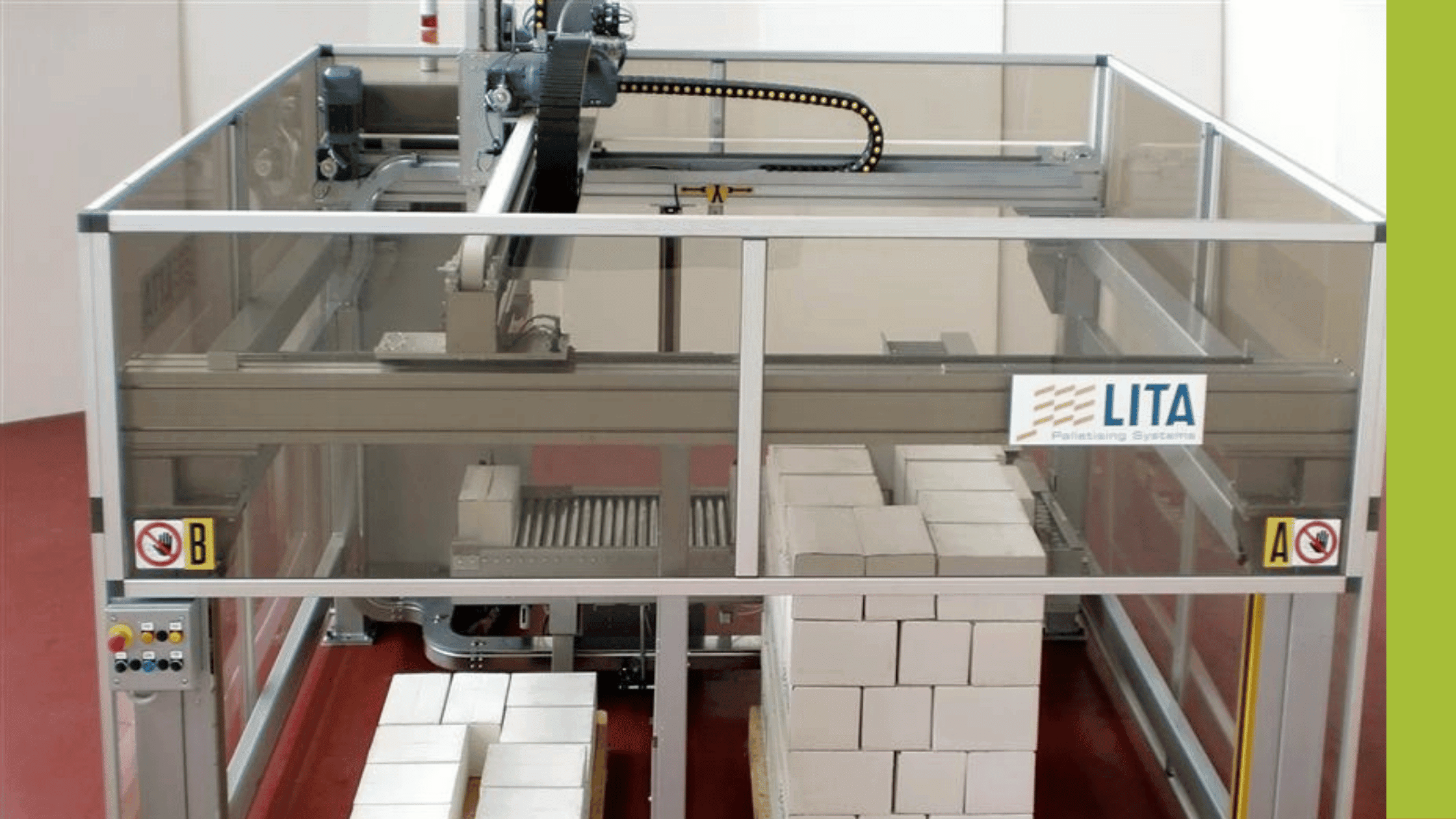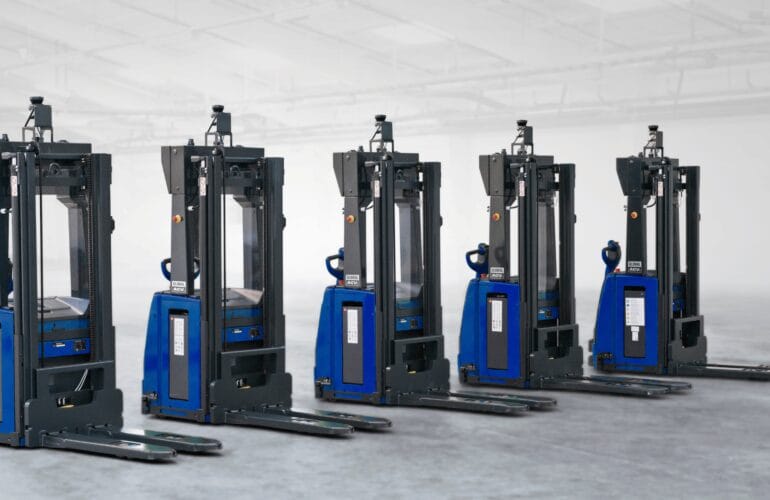Automation has transformed many sectors and the packaging industry is no different.
New technologies, from robotics to machine learning, have revolutionised parts of the packaging process, enabling tasks such as filling, sealing, labelling and palletising to be carried out without human input, thus saving time and money.
So, it’s hardly surprising that automated packaging is one of the fastest growing markets: global sales of robotic packaging machines are estimated to reach US$ 1,888 million by 2033, a growth rate of around 6%. In the UK specifically, the market is expected to reach US$ 107 million.
The role of automation in packaging
So, why are automated packaging solutions so popular? Firstly, let’s look at what they can do. Most of the tasks that a human operative would undertake can be done faster and more accurately by machinery. This includes:
- Filling and Sealing: Sack-filling machines can accurately fill containers with products such as food, beverages, pharmaceuticals and aggregates, precisely measuring and dispensing the desired quantity of product. Automated sealing mechanisms ensure proper closure of packages, preserving product freshness and preventing contamination.
- Labelling and Printing: Product labels, barcodes, expiration dates and other essential information can all be added to packaging materials. Automated labelling machines can handle a range of label sizes and formats and the precise nature of the machines ensures uniform placement.
- Palletising and Warehousing: Automated palletising systems arrange and stack finished products onto pallets for storage, shipping, and distribution. These systems use robotic arms or conveyors to efficiently handle and stack packages according to predefined patterns or configurations.
The benefits of using automation in the packaging industry
Automated packaging equipment streamlines the packaging process, bringing a large number of benefits. As well as greater speed and accuracy, safety is improved and costs are reduced:
- Faster throughput rates: Automated tasks take less time, plus the machinery can work for longer without a break. As such, productivity is higher and throughput rates are faster.
- Lower costs: By automating repetitive tasks, packaging companies can minimise the need for human intervention and redeploy labour to parts of the business where they can add more value. Automation also reduces material waste by ensuring precise measurements and reducing errors, resulting in further cost savings over time.
- Improved quality control: Automated systems are more consistent, producing high-quality packaging with minimal variation again, again and again. Sensors and other quality control mechanisms on the equipment can be used to detect defects and take corrective action, making it less likely that substandard products will leave the factory and reach the customer.
- Better safety: Manual tasks such as lifting heavy objects or operating machinery can be risky; installing packaging automation reduces that risk, minimising the likelihood of workplace injuries and improving safety records.
- Enhanced flexibility: Advanced technology enables companies to adapt quickly to changing consumer demands. Adjustments to packaging can be made quickly and easily so customised solutions can be offered to address current trends or meet specific needs.
- Greater sustainability: Machine learning algorithms promote eco-friendly practices by calculating optimal material usage and energy consumption to minimise waste and environmental impact.
Automation in the future
As technology continues to advance, we expect to see more intelligent, adaptable and interconnected packaging systems developed and adopted. These innovative systems will give manufacturers access to more insights and even more flexibility and options for growth.
To find out more about automating your packaging systems, get in touch.




